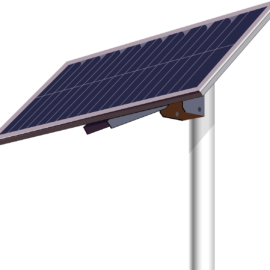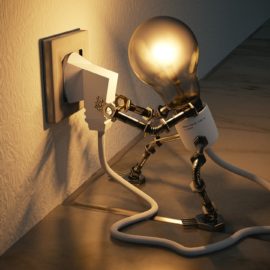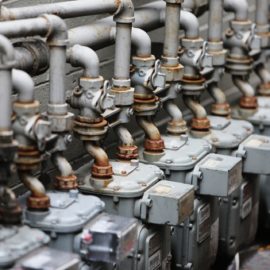
After Ida we all lost power. Would “hardened lines” have helped? It has been talked about for years. Are we closer? Or just always pay more?
As memory of the overly hot days without power after Hurricane Ida recedes, talk about “hardening” the electrical grid will become more abstract. What won’t change is what has happened already: Customers pay more. Pull out this month’s electric bill and compare it to the October 2020 bill. Every utility in Louisiana is charging more, an average of 12% more statewide, or $11.67 for a residential customer using 1,000-kilowatt hours of electricity, according to the reports kept by the Public Service Commission, which regulates the privately owned for-profit companies and the cooperative nonprofits that sell power throughout the state. That’s the average.
theadvocate.com
These examples give us some idea of how much our costs have risen. It makes me happy that all my retirement pay is indexed! Yet the increases I get are less than these costs went up!
Entergy Louisiana’s roughly 1 million customers were charged $119.70 for 1,000 kWh this month. That’s $13.38 more — a 12.6% increase — than the $106.32 on the October 2020 bill. Cleco, which covers parts of St. Tammany Parish, charged its residential customers $130.63, which is $22.54, a 21% increase over its $108.09 October 2020 bill. Regulators and company officials point to the surprise February ice storm, those unexpectedly high costs have been spread over several months; unseasonably hot weather, including a full week above the dangerous 105-degree heat index; and a 78% increase in the price of natural gas since last October. All of that is true, says Logan Burke, who leads the New Orleans-based consumer group, Alliance for Affordable Energy. But also playing a role is PSC-approved rate increases, plus surcharges for new plants in the case of Entergy and the use of an expensive older plant to cover excess power needs by Cleco. Nickels and dimes when taken separately, but “It’s all these charges added together that create a pancaking effect,” Burke said.
And this is ony the start. These costs don’t reflect Ida of those storms preceding her.
Those price increases are just the beginning. Customers have to repay restoration costs from hurricanes Laura, Delta, and Zeta from last year, then Hurricane Ida from this year. She says estimates in PSC testimony suggest another 7% to 10% hike in the future. “All of the reasons point to the frustrating reality that our present system puts customers in the position of bearing all of the risks associated with utility company decisions,” said PSC Chairman Craig Greene, R-Baton Rouge. Privately owned utilities are allowed to charge customers the cost of making and moving electricity plus a profit. “I am pushing for a top-to-bottom review of how our utility system works. I want a Louisiana where businesses have skin in the game and their customers benefit from companies avoiding risk, not passing risk on.”
How will he get the information that he desires?
Study groups are the go-to answer when customer, that is voter, bills increase. After Hurricane Katrina in 2005, when monthly bills similarly skyrocketed because of natural gas prices, which fuels about 70% of the generators making electricity in Louisiana, commissioners looked for ways to diversify the mix of fuels. Despite a lot of talk about expanding solar, wind, biomass, and other fuels, when the prices went down, natural gas still proved the cheapest. The amount of natural gas used to make electricity in Louisiana rose from 41.5 million Mcf in 2005 to 70.8 million Mcf in 2020, according to the U.S. Energy Information Administration. Hurricane Gustav in 2008 knocked down transmission and distribution lines and thrust south Louisiana into several weeks of darkness while utilities repaired the damage. State commissioners and utility executives convened hearings to discuss ways to harden the lines, perhaps bury them, so that the power grid operates after a storm. But the cost of such an endeavor, which would be paid for by customers, ended that conversation. The truth is that Louisiana residents can’t afford to pay for the upgrades needed. Yet another study no doubt will sharpen the focus on what needs to be done but will do little to soften the blow for individual ratepayers.
There has to be a better way. There is a bill that is working it way through congress that all republicans say they will oppose. It can help in this case.
Burke said a more immediate alternative is called “energy efficiency.” Basically, the relatively small program has utility companies invest in ways to lower consumer use of the product they sell. Utilities are allowed to charge all their customers for the cost of identifying and fixing leaks in homes, subsidizing the purchase of new appliances and other ideas that lower the amount of electricity used by participating customers. Greene agrees: “I want a statewide ‘energy efficiency’ policy that equips customers to lower their bills. I want private investment to spend their money in Louisiana on low-cost resources rather than customers having to pay for those resources in rate base to the utility.”
I agree and hopefully something positive will come out of these cases. We can only hope.



